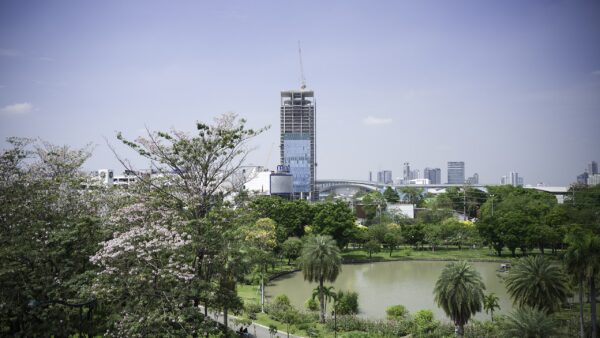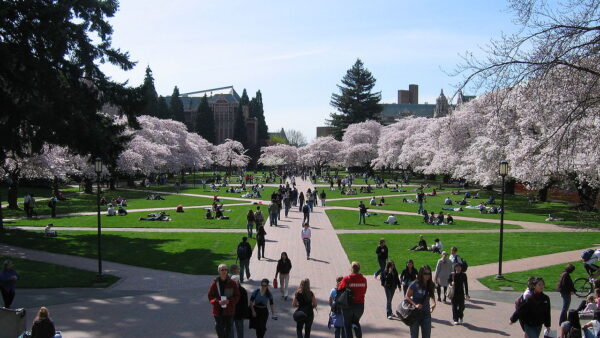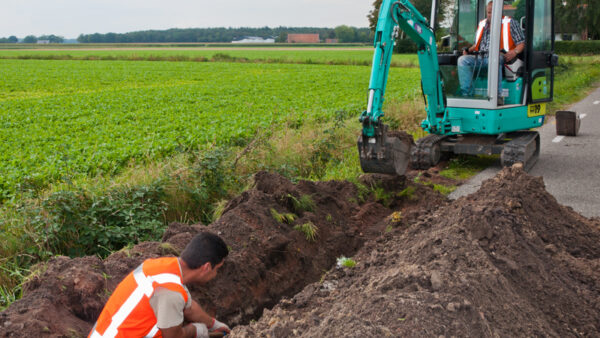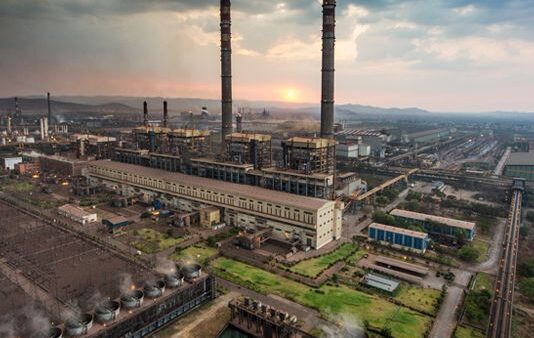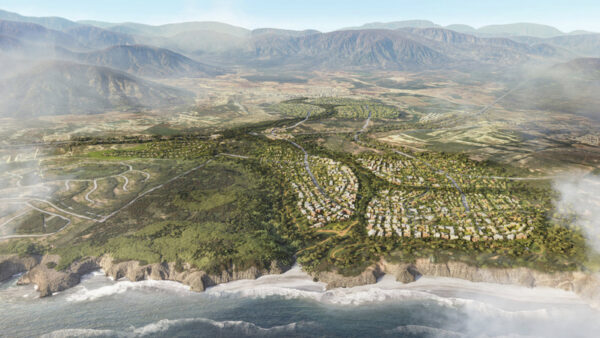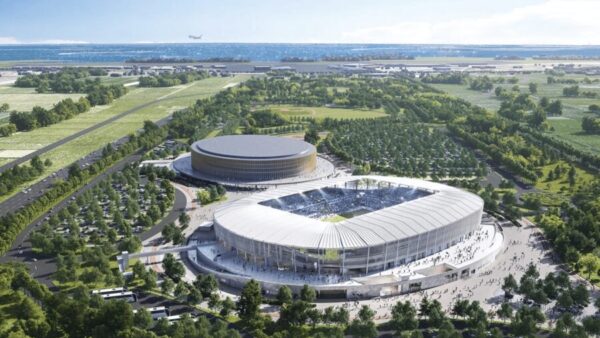Seoul city council is planning to turn an apartment complex into a high-tech three-storey “vertical farm”.Â
The idea is to make the first floor into a classroom for teaching agriculture science and to turn the other two into fields of vegetables whose lighting, temperature, humidity and carbon dioxide levels would be monitored and controlled by computers.Â
The prototype development will be sited in the south-eastern district of Yangcheon. Â
The idea of bringing agriculture into cities has already been tested in Singapore by the Japanese electronics company Panasonic. This scheme has been used to deliver fruit and vegetables to restaurants in Japan. Â
The government of Japan provides subsidies for investment in vertical farms, and this has helped to attract electronics companies into the farming industry.
South Korea planned the construction of a vertical farm in 2009 in the city of Namyangju in Gyeonggi Province, but it was not considered cost effective. This was to have been six storeys above ground on a 300 square metre lot.
Lee Young-sik, an official for South Korea’s Ministry of Agriculture, Food and Rural Affairs, said: “Normal vinyl greenhouses cost up to $273 per pyeong (about 3.3 square metres).
“Glass greenhouses, meanwhile, cost $911 and a vertical farm costs $9,110. Despite the differences in the costs of building the farms, the crops’ prices were all similar, so cost-effectiveness wasn’t good for the vertical farm.”Â
The Seoul government say that vertical farms will not be built for profit, but would instead help develop new technology and expertise in agriculture.Â
See here for more information about vertical farms.Â





